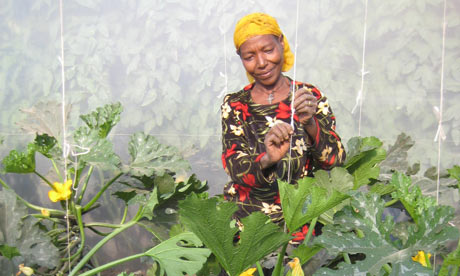– After Creating Dollar Exclusion Zones In Asia And South America, China Set To Corner Africa Next (ZeroHedge, July 15, 2012):
By now it really, really should be obvious. While the insolvent “developed world” is furiously fighting over who gets to pay the bill for 30 years of unsustainable debt accumulation and how to pretend that the modern ‘crony capitalist for some and communist for others‘ system isn’t one flap of a butterfly’s wings away from full on collapse mode, China is slowly taking over the world’s real assets. As a reminder: here is a smattering of our headlines on the topic from the last year: ““World’s Second (China) And Third Largest (Japan) Economies To Bypass Dollar, Engage In Direct Currency Trade“, “China, Russia Drop Dollar In Bilateral Trade“, “China And Iran To Bypass Dollar, Plan Oil Barter System“, “India and Japan sign new $15bn currency swap agreement“, “Iran, Russia Replace Dollar With Rial, Ruble in Trade, Fars Says“, “India Joins Asian Dollar Exclusion Zone, Will Transact With Iran In Rupees“, ‘The USD Trap Is Closing: Dollar Exclusion Zone Crosses The Pacific As Brazil Signs China Currency Swap“, and finally, “Chile Is Latest Country To Launch Renminbi Swaps And Settlement“, we now get the inevitable: “Central bank pledges financial push in Africa.” To summarize: first Asia, next Latin America, and now Africa.
Yep: the Yuan may not be the reserve currency by default, but at this rate China will have bilateral, read USD-bypassing relations, with all countries in Asia, South America and shortly Africa (where none other than Goldman Sachs has been pushing harder than anyone). Once the entire world is trading in CNY, it will be merely a matter of flipping the switch and all those fancy three-letter economic theories that explain why the uber-welfare state works just becayse the US can print an infinity+1 in debt, will all suddenly find themselves completely and totally bidless.
From China Daily:
China is to promote the yuan’s use in settling trade and investment with Africa, and encourage the more active development of Chinese financial institutions across the continent, a senior central bank official said on Friday.
Li Dongrong, assistant governor of the People’s Bank of China, said Africa has the capability of becoming a new hub of international capital flow, and the yuan’s use there should be further improved in accordance with rising demand for the currency there.
“We will continue to encourage domestic financial institutions to increase their presence and business across the continent,” Li told delegates at the Forum on China-Africa Financial Cooperation in Beijing, adding that the cooperation potential between the two sides is huge, as Africa’s economy continues to take off.


